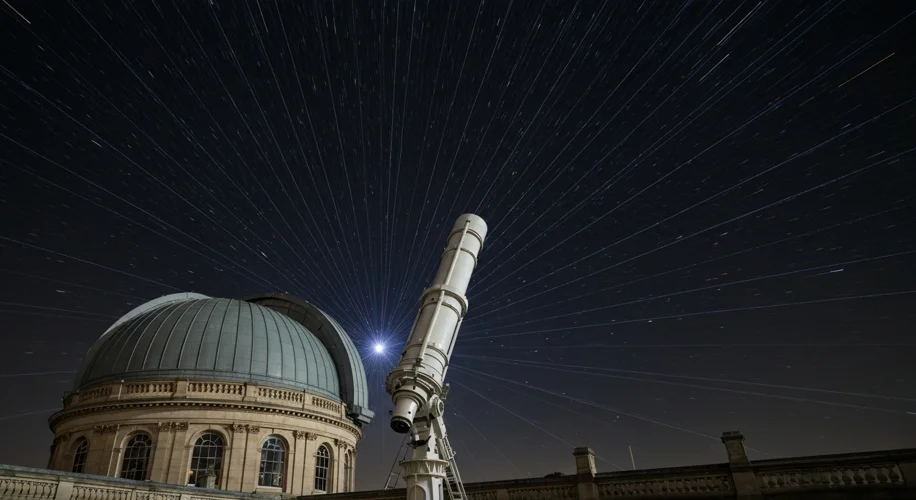Try to imagine: the year is 1720. The famed astronomer Giacomo Filippo Maraldi, working under the shadow of the Royal Observatory in Paris, meticulously tracks the stars. His goal, like countless astronomers before him, is to chart the heavens with ever-increasing precision. But as he records his observations, a subtle anomaly begins to emerge – a tiny discrepancy in the predicted paths of celestial bodies, hinting at something far grander, and perhaps more unsettling, than mere observational error. Little did he know, these faint whispers from the cosmos would, centuries later, fuel a profound scientific debate about the very rotation of our own planet.
For millennia, humanity has gazed upwards, drawing comfort from the perceived constancy of the heavens. The predictable rhythm of day and night, the steady march of the seasons, all tied to the Earth’s unyielding spin. Yet, in the late 20th and early 21st centuries, a series of increasingly precise measurements from atomic clocks and sophisticated satellite systems began to reveal something extraordinary: the Earth’s rotation is not as steady as once believed. In fact, it appears to be subtly speeding up. This isn’t a sudden, cataclysmic event, but a gradual acceleration, almost imperceptible to our daily lives, yet deeply puzzling to scientists.
Imagine the Earth as a colossal, spinning top. Its rotation is governed by the fundamental laws of physics, influenced by vast, complex forces. The primary players in this cosmic ballet are the redistribution of mass across the planet. The melting of glaciers and ice sheets, particularly in Greenland and Antarctica, is a major contributor. As this massive weight shifts from the poles towards the equator, it acts like an ice skater pulling their arms in, causing the Earth to spin a little faster. This phenomenon is akin to the conservation of angular momentum, a bedrock principle of physics.
But the story doesn’t end there. The deep interior of our planet also plays a role. Subtle shifts in the Earth’s core and mantle, driven by convection currents and the movement of molten rock, can also influence its rotational speed. Even phenomena as seemingly distant as earthquakes, especially large ones, can cause minute adjustments to the planet’s spin. The sheer scale of these forces, acting over geological timescales, makes the Earth’s rotation a dynamic, ever-changing process.
For the ordinary person, the implications might seem abstract. A fraction of a millisecond here or there? What difference does it make? However, for the scientific community, it’s a profound puzzle. These subtle accelerations challenge our models of planetary dynamics and have tangible consequences. For instance, the precise timing of satellite navigation systems, like GPS, relies on an accurate understanding of Earth’s rotation. Any drift can affect their accuracy. Furthermore, understanding these changes provides crucial insights into the Earth’s internal processes and its long-term geological evolution.

The debate isn’t about an ‘unthinkable speed surge’ in the dramatic sense of immediate global catastrophe, but rather a meticulous scientific investigation into the nuanced, ongoing changes of our planet. The fear, if any, stems from the inherent uncertainty that comes with unraveling such complex natural phenomena. It’s a reminder that even the most familiar aspects of our world, like the steady turning of the Earth, hold deep mysteries. As our observational capabilities improve, we continue to peel back the layers of these cosmic enigmas, revealing a planet that is far more dynamic and intricate than we might have ever imagined. The speed of Earth’s rotation is not a fixed constant, but a symphony played out by the forces within and upon our world, a melody we are only just beginning to fully comprehend.

